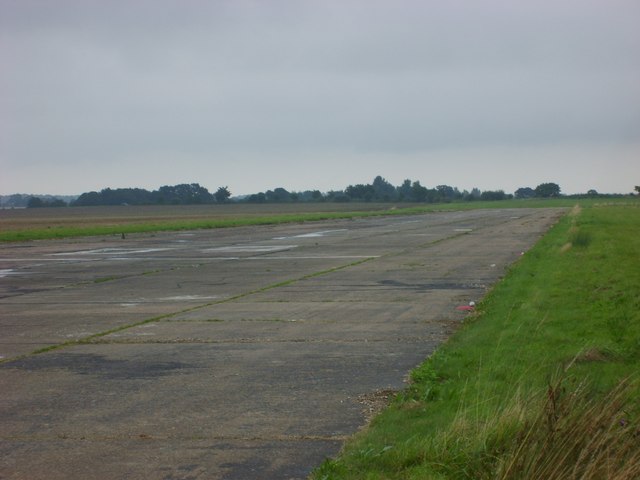- Beccles Airport
Infobox Airport
name = Beccles Airport
nativename =
nativename-a =
nativename-r =

image-width =
caption =
IATA =
ICAO = EGSM
type = Public
owner =
operator = Rain Air
city-served =
location =Beccles
elevation-f = 80
elevation-m = 24
coordinates = Coord|52|26|07|N|001|37|06|E|type:airport|display=inline
website =
metric-rwy = Y
r1-number = 09/27
r1-length-f = 2,283
r1-length-m = 696
r1-surface =Concrete /Grass
stat-year =
stat1-header =
stat1-data =
stat2-header =
stat2-data =
footnotes = Source: UK AIP at NATSBeccles Airport Airport codes|N/A|EGSM is located 2
nautical mile s (3.7 km) southeast ofBeccles ,Suffolk ,England .Beccles Aerodrome has a CAA Ordinary Licence (Number P837) that allows flights for the public transport of passengers or for flying instruction as authorised by the licensee (Rain Air (Beccles) Limited). The aerodrome is not licensed for night use [ [http://www.caa.co.uk/docs/375/srg_asd_ordinarylicences.pdf Civil Aviation Authority Aerodrome Ordinary Licences] ] .
It was built for the
USAAF and completed in 1943. It had the three concrete runway layout typical of many bomber airfields inEast Anglia , and was allocated the airfield number 132. It is possible that Beccles was intended to be used by the 3rd Air Division, 95th Combat Wing. The 95th had two Bomber Groups, the 489th atRAF Halesworth and the 491st atRAF Metfield . Other Combat Wings had three Bomber Groups.In the event the USAAF had no use for the airfield so it passed briefly to
RAF Bomber Command before passing toCoastal Command in August 1944. Until closure in 1945 the airfield was used by various RAF and FAA squadrons operating such diverse types asVickers Warwick ,Fairey Barracuda ,Supermarine Walrus ,Fairey Swordfish ,Supermarine Sea Otter andFairey Albacore on air-sea rescue and anti-shipping duties. TheFleet Air Arm used temporary lodging facilities at RAF Beccles under thestone frigate nameHMS Hornbill II.One of Beccles few claims to fame is that in 1944 it was used by Mosquitos of 618 Squadron to practice dropping spinning bombs called 'Highball' which were a derivative of the bombs used by 617 Squadron to breach the dams. The use of 'Highball' is shown in the 1970 film "Mosquito Squadron".
After the war the airport remained dormant until 1965 when it became Beccles
Heliport servingNorth Sea oil rigs until that operation transferred toNorwich International Airport .Beccles airfield has been home to
RainAir since 1997 when Rainer Forster transferred his flight training operations from Swanton Morley.References
*
UK Aeronautical Information Publication
* Bowyer, MJF. (2000) Action Stations Revisited, Crecy
* Smith, G. (1995) Suffolk Airfields in the Second World, Countryside BooksExternal links
* [http://www.rainair.co.uk/ Rain Air]
* [http://www.controltowers.co.uk/B/Beccles.htm Control towers - Beccles]
* [http://www.fleetairarmarchive.net Fleet Air Arm archive]
Wikimedia Foundation. 2010.
